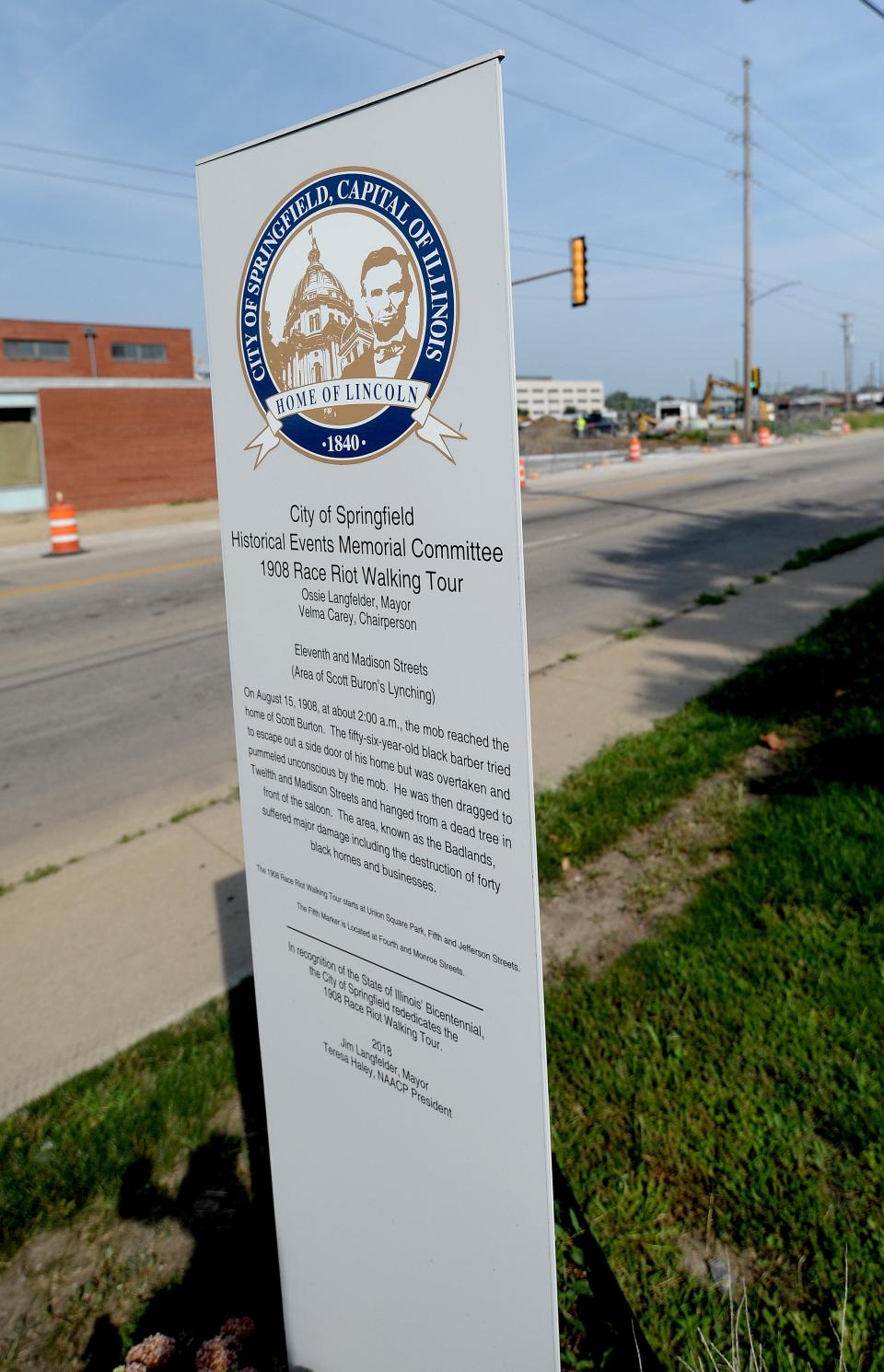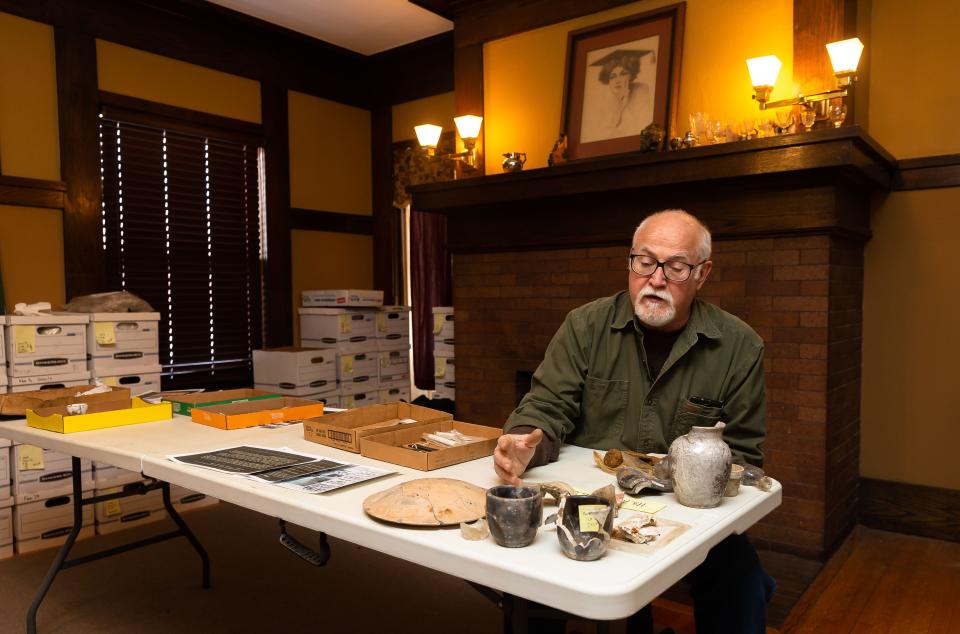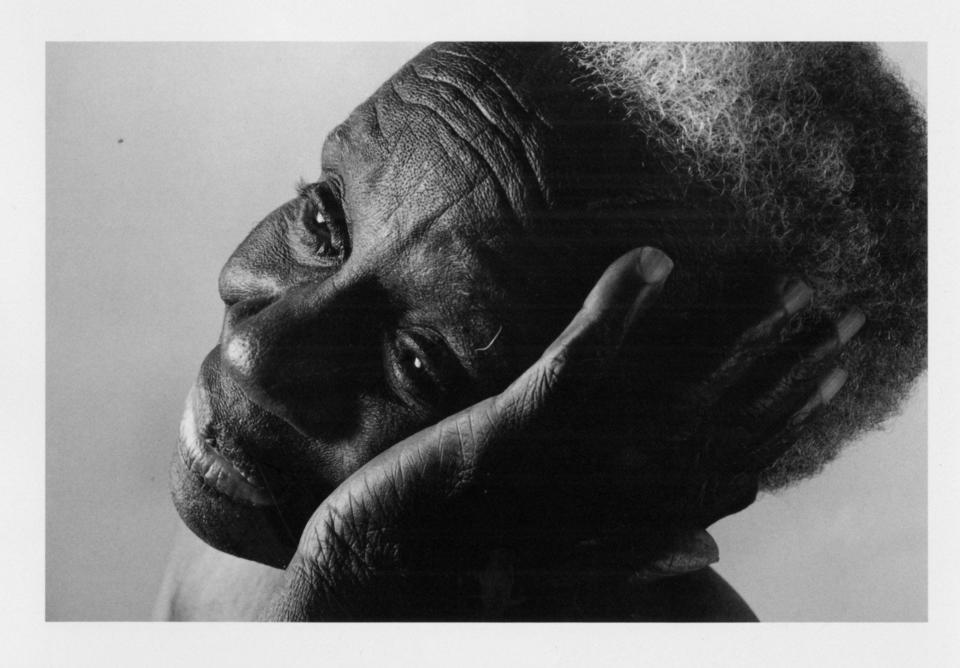The 1908 Springfield Race Riot: An unseemly chapter of Springfield history
The 1908 Springfield Race Riot is an unseemly chapter in the city's history.
Two Black men — Scott Burton and William Donnegan — were lynched and in all, 11 people died, though accounts vary about that number. Dozens of Black-owned homes and businesses were destroyed and possibly up to 2,000 Blacks were driven from the city by white-fueled mobs.
More: Playwright hopes original work about 1908 race riot can jumpstart conversations
The genesis of the riot was Aug. 14, 1908, when a mob called for the lynching of two Black men being held in the Sangamon County Jail: Joe James, accused in the killing of a white mining engineer, Clergy Ballard, and George Richardson, suspected of the sexual assault of a white woman, Mabel Hallam, the day before.
After it was discovered that restaurateur Harry Loper had taken James and Richardson to Bloomington at the sheriff's request, his business was torched and crowds descended on the Levee, where Black businesses operated, and a residential section known as the Badlands, initiating days of mayhem.
Of the 150 or so arrests, only two people were found guilty, both on theft charges.

James was executed later in the fall of 1908; Richardson was released from jail.
The aftermath of the riot gave rise to the NAACP in 1909.
Here are some facts and notables from the race riot:
Harry Loper's brush with another riot
Harry Loper owned one of the few motorcars in the city in 1908. It was Loper who spirited out of town two Blacks -- Joe James and George Richardson — accused of crimes that instigated the race riot.
Loper said he had hoped to prevent bloodshed by taking James and Richardson to the McLean County Jail.
He remarked to reporters that he had been through "one riot in Cincinnati in ’83."
The Cincinnati riots, also known as the Cincinnati Courthouse riots, Loper was referring to culminated in 1884. After lynching two inmates, mobs destroyed the courthouse, looted stores and waged a bloody battle against the state militia. More than 50 people were estimated to have died in the aftermath.
'Springfield Joan of Arc'
Kate Howard was hailed by sympathetic whites as “the Springfield Joan of Arc” for helping foment the race riot.
“What the hell are you fellows afraid of?” witnesses reported Howard saying. “Come on and I will show you how to do it. Women want protection and this seems to be the only way to get it.”
The rooming house operator admitted being in the crowd that destroyed Loper’s restaurant and was arrested on charges that she had helped lynch Scott Burton.
Howard died after allegedly ingesting cyanide or strychnine shortly after her arrest.

Decline of the Badlands
Past histories have suggested, said Floyd Mansberger of Fever River Research, that the decline of the neighborhood known as the Badlands, an area burned out during the race riot, was due to the “character” of its early Black inhabitants.
More correctly, the decline of this neighborhood, across 10th Street to west, during the late part of the 19th century was due to the introduction of two prominent “resorts," or houses of prostitution, Mansberger said. Both resorts were white owned and operated and catered to white clientele.
Going back to the 1860s, he said, a small enclave of socially affluent Black families had settled at the northeast corner of Tenth and Madison streets, among them, the Rev. Henry Brown, Leanna Donnegan Knox (mother and matriarch of the Springfield Donnegan family, and mother to William Donnegan, who was lynched in the riot), and the widow of Wylie Donnegan (one of Leanna’s sons).
An archaeological team from Fever River Research found seven homes, five of which were burned during the riot, as well as artifacts from a mid-1800s immigrant neighborhood.
Marking the race riot
The Springfield city council approved an ordinance to commemorate the race riot in June 1991.
It was largely inspired by a history project done by Lindsay Harney and Amanda Staab, then sixth graders at Iles School, in May 1991. Harney and Staab started a petition drive among Iles students, asking the city council to create a memorial.
Credit is also given to Robert Starks, a political science professor at Northeastern Illinois University, who told a Springfield NAACP banquet in February 1991 that the victims of the riot deserved a monument.

A race riot survivor
Celebrated civil and LGBTQ rights activist Ruth Ellis was a survivor of the race riot. She was just 9 years old at its outbreak.
A 2010 State Journal-Register article said Ellis watched her father defend the family's home from white rioters.
Ellis later moved to Detroit, where she ran her own printing business. Her life is celebrated in Yvonne Welbon's documentary film "Living with Pride: Ruth C. Ellis @ 100."
Abolitionist connections
While W.E.B. DuBois and Ida B. Wells-Barnett are more famous names associated with the founding of the NAACP, another of its founders, newspaper editor Oswald Garrison Villard, can trace his family back to one of the foremost abolitionists of the 19th century.
Villard was the maternal grandson of William Lloyd Garrison, publisher of the anti-slavery newspaper The Liberator. Villard was the editor of the New York Evening Post and it was at the newspaper's offices that the NAACP formally organized.
Sources: SangamonLink; The State Journal-Register; "In Lincoln's Shadow"; original research
Contact Steven Spearie: 217-622-1788; sspearie@sj-r.com; X, twitter.com/@StevenSpearie.
This article originally appeared on State Journal-Register: What you need to know about the 1908 Springfield Race Riot

